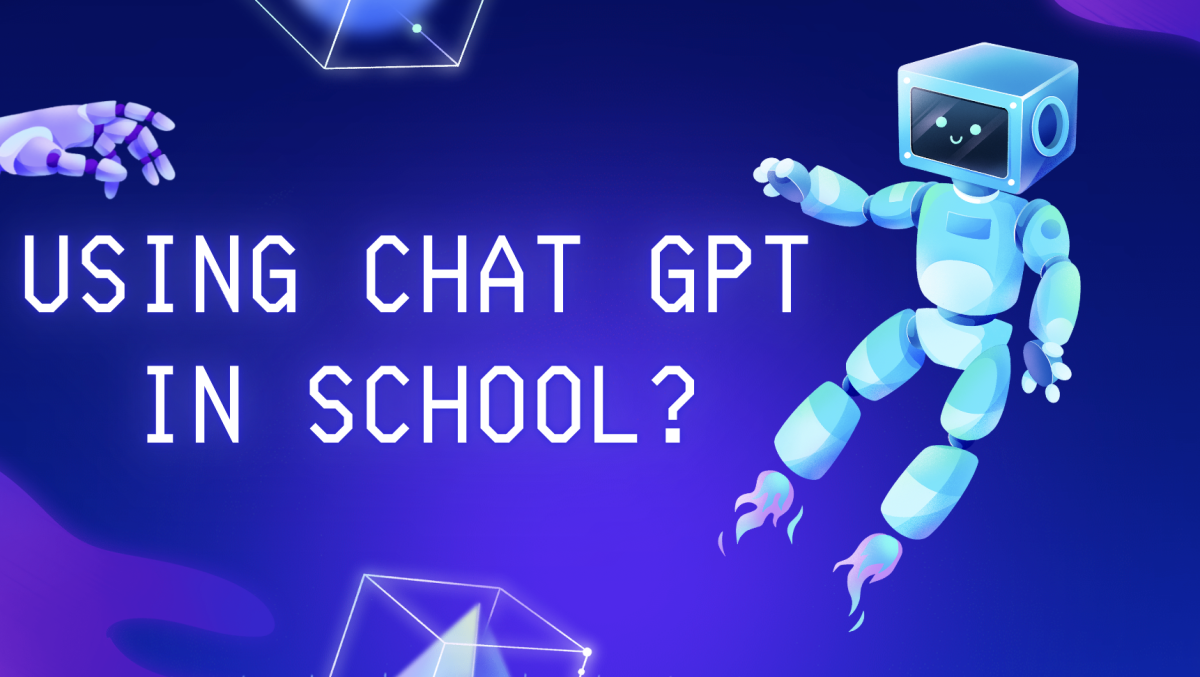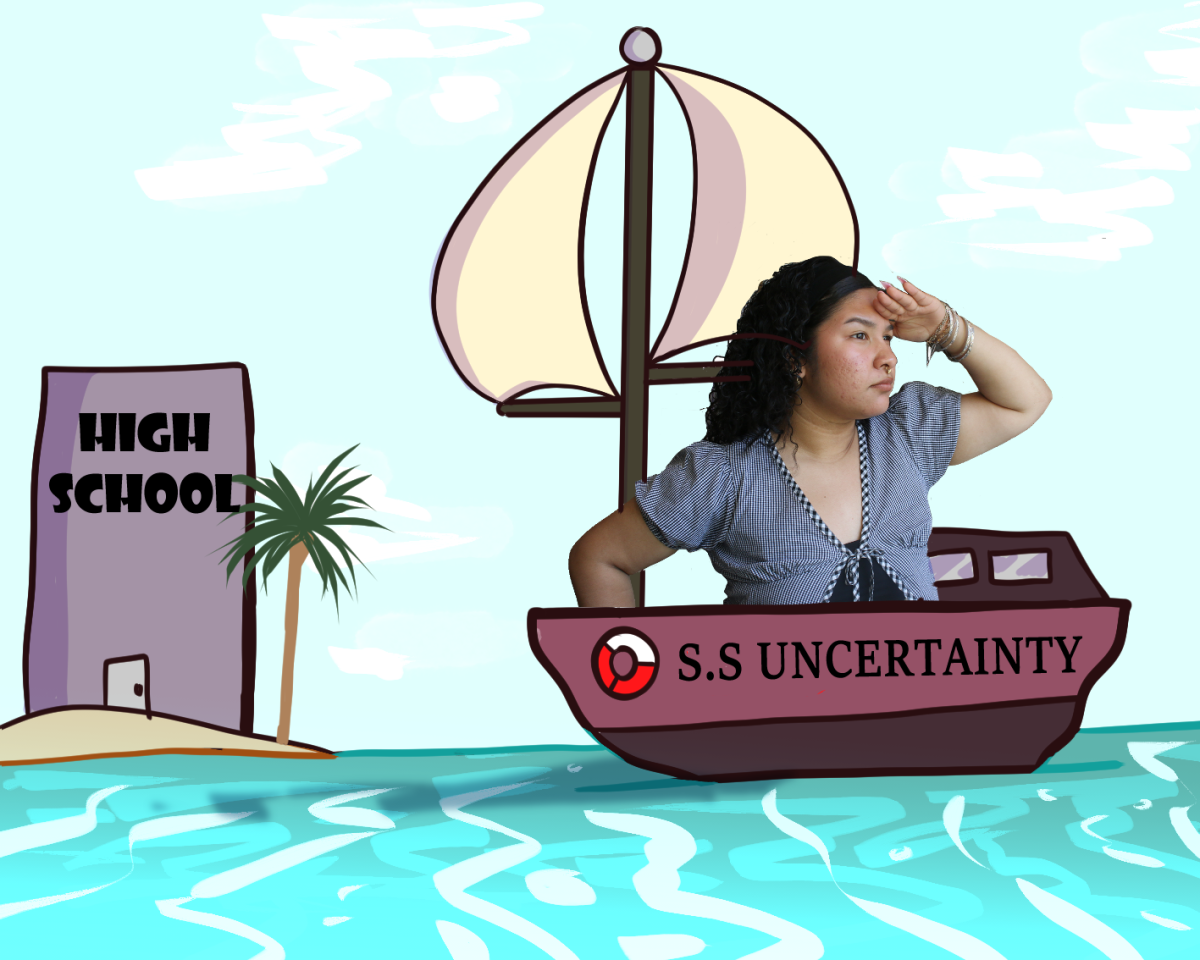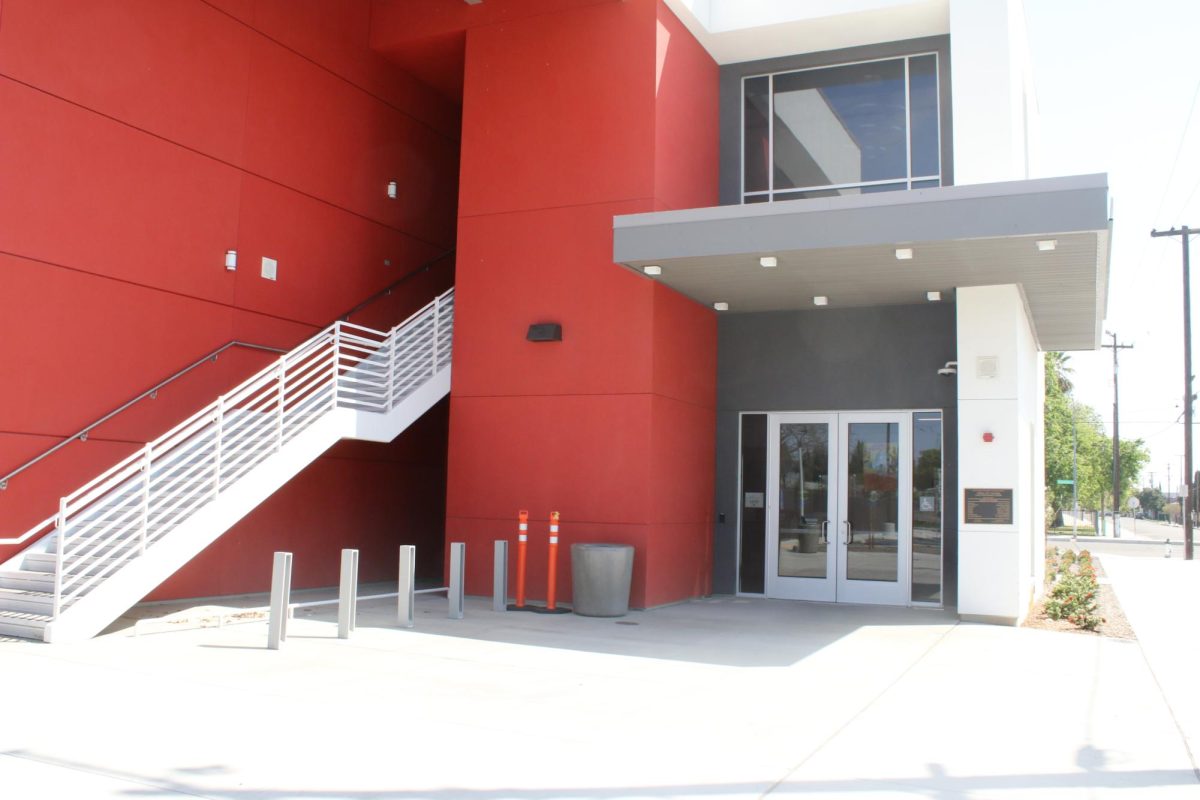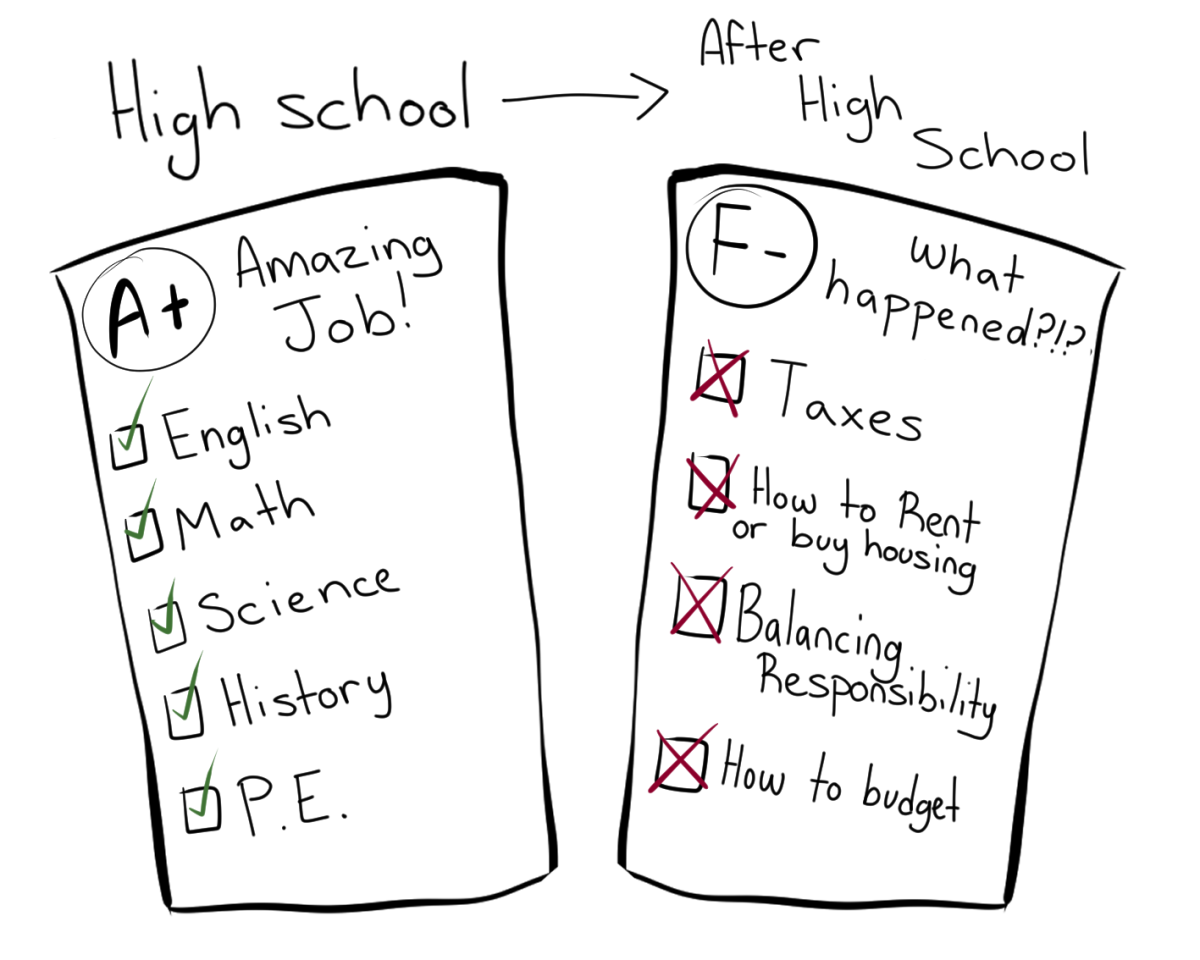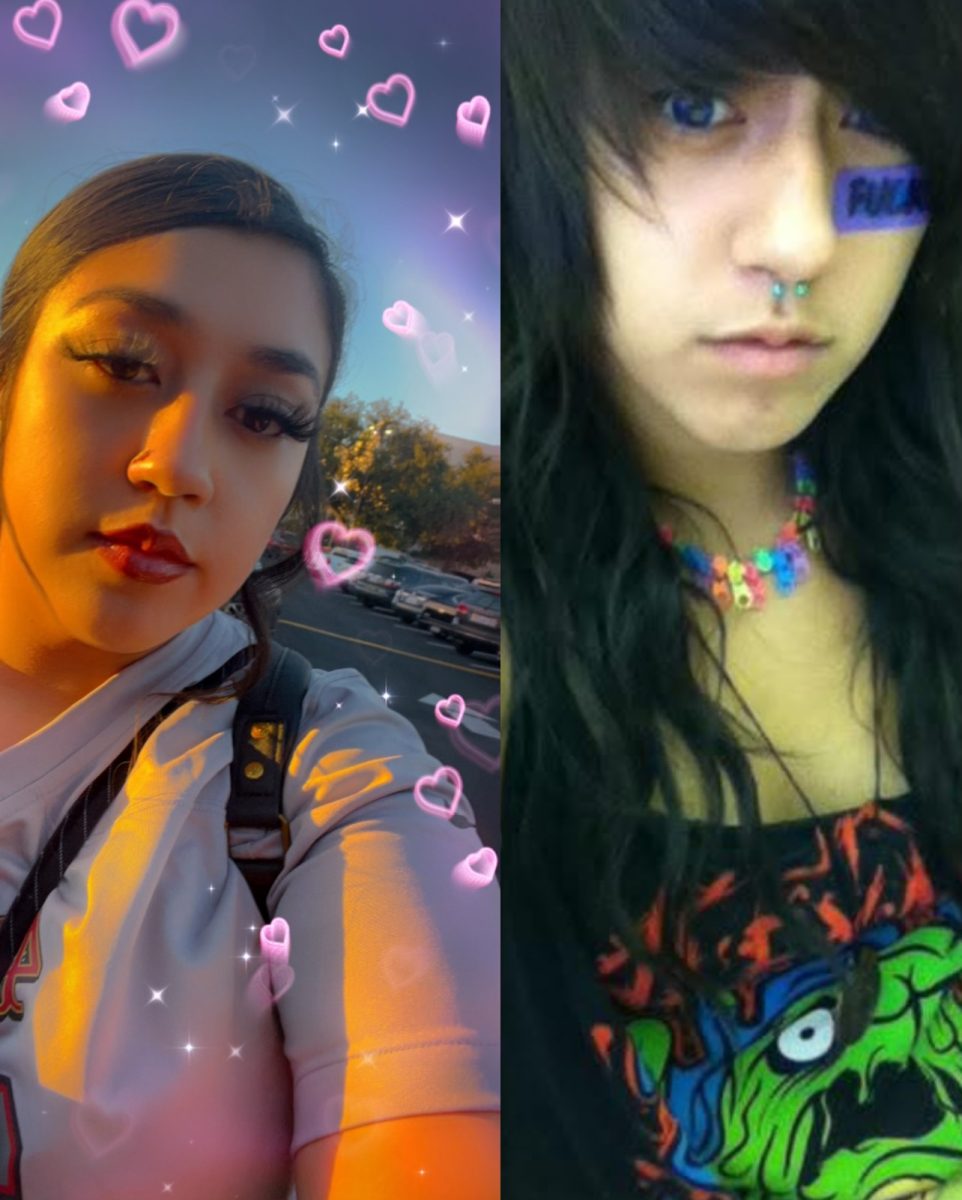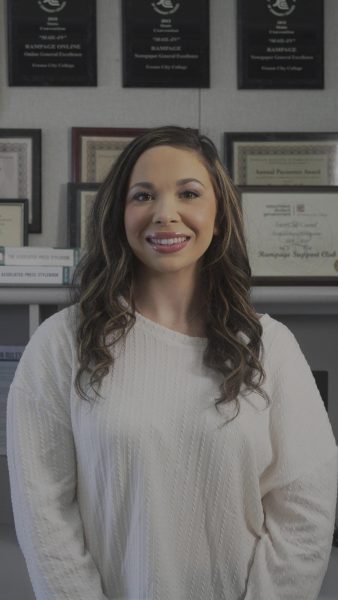The future of ChatGPT is inevitable. One concern surrounding the use of artificial intelligence in education is its potential to cheat and threaten independent learning.
Grace Lucido, a student at Fresno City College, acknowledges the temptation to utilize AI for academic tasks but knows her value.
“I actually never use it regarding school stuff just because I feel like a competent writer. I don’t ever feel a need to create or have something else being created for me. So I just do my best. I also feel I like proving my worth as a student and as somebody who can do their own work,” Lucido said.
She mentioned that since COVID, there has been learning loss, and ChatGPT isn’t to blame. However, cheating in school has always existed, and it’s not just since ChatGPT was created.
“The new way we’re going into technology, instead of being so against it, you have to embrace certain aspects of AI,” Lucido said.
Despite concerns about cheating, some professors view AI technology as an opportunity for innovation in teaching practices.
Patricia Ambriz, a business major, shared how ChatGPT should be incorporated into more school work.
“ChatGPT can only be used as a tool, and there should be more resources on how to use it to improve our education instead of just putting it off completely,” Ambriz said.
When asked how she uses it, she said for studying. When stuck on something, she can brainstorm, see a different perspective, and outline essays before putting them in her own words. She mentioned how challenging it is to find the line that blurs between using it too much and when it becomes a copyright issue and can be penalized.
“I feel like all professors are just shaming it and punishing it for plagiarism. But I feel that we should open up the subject to talk about it and use it as a tool and not shame others for using it,” Ambriz said.
She was open about saying it’s easy, and as a generation, we are used to quick, easy answers.
Paul Swearengin, a professor at FCC, breaks down how creativity in human beings won’t be replicated by computers.
“We have to embrace the available information and tools in our process,” he states. “Relying solely on ChatGPT for work will likely be evident, as it overlooks the learning opportunities. I’d rather trust that students are using their creativity for a quality final project,” Swearengin remarked.
Swearengin acknowledges the potential benefits and drawbacks of utilizing technology.
“It’s just a really great resource to compile information together, and I’ve been stunned at how good a resource it is, and how well it works,” Swearengin said.
He emphasizes the importance of incorporating AI as a learning tool, although relying on it for work may hinder learning opportunities. However, using it as a resource alongside creativity can create positive results, such as using it as an inspiration, search engine, or research tool.
Swearengin raises concerns about plagiarism when using AI-generated content. They recognize the challenge of properly citing sources.
Swearengin highlighted a challenge with ChatGPT: determining the source of information, making attribution difficult. He expressed that genuine learning stems from a desire to learn. If students choose to rely on ChatGPT for writing papers instead, there may be little recourse, but they ultimately miss out on the learning process without affecting others.
He suggests that teachers and students should receive training on the appropriate use of AI in education. He reflects on the common fear of technological advancements but views it as an opportunity for adaptation rather than a threat. He acknowledges that learning methods evolve with each generation and believes it’s acceptable for newer generations to approach learning differently.
“You have to use skills to figure out how to compile that information into something extraordinary. And I think computers are always going to do the basics. And I think that’s great. I don’t have to remember telephone numbers anymore. I don’t have to carry around a book that has telephone numbers and addresses anymore. That doesn’t make me less intelligent than past generations; I just have a new resource, and I don’t have to use my brainpower to remember phone numbers now,” Swearengin said.
Even with concerns about these new advancements, it is a natural evolution in how learning can be approached. ChatGPT can offer information to help students focus on more challenging tasks. It is about utilizing technology to enhance our abilities, not diminish them. It is a positive development.
He sees computers as tools that handle basic tasks, and ChatGPT is a part of that. Technology is a convenience; It helps to build upon already existent talents and abilities. Swearengin sees potential in using AI to help create tests. It can help generate questions that align with the learning goals.
Haille Williams, a math major, had problems putting in upper-division mathematical texts and symbols.
Williams recognized manageable challenges and addressed whether ChatGPT enhances collaboration and communication between students and teachers. She views ChatGPT as a tool, not a replacement for learning, seeing it more as a resource than a curriculum-based platform. While she can pull information from it, she doesn’t believe it fosters genuine learning. She emphasized the responsible use of the tool and the importance of genuine collaboration between students and teachers.
“It’s just always been there with technology and students; it happened the easiest way possible before ChatGBT. Without it from googling answers. It’s just teaching students how to use technology properly, a class or a section that all students need them to take. You’re negating your burden if not properly using this tool in the school. It’s a resource; it’s not the main source of your learning,” Williams said.
Overall, the interviews addressed the opportunities it presents and how taking advantage of it can enhance learning.
“I feel like it’s good for generating information based on what they’re given. It’s good for that. But I feel like it’s the outside work of educators to properly educate students how to use equipment such as AI and how to use it properly in the classroom, ethically and morally,” Williams said.

